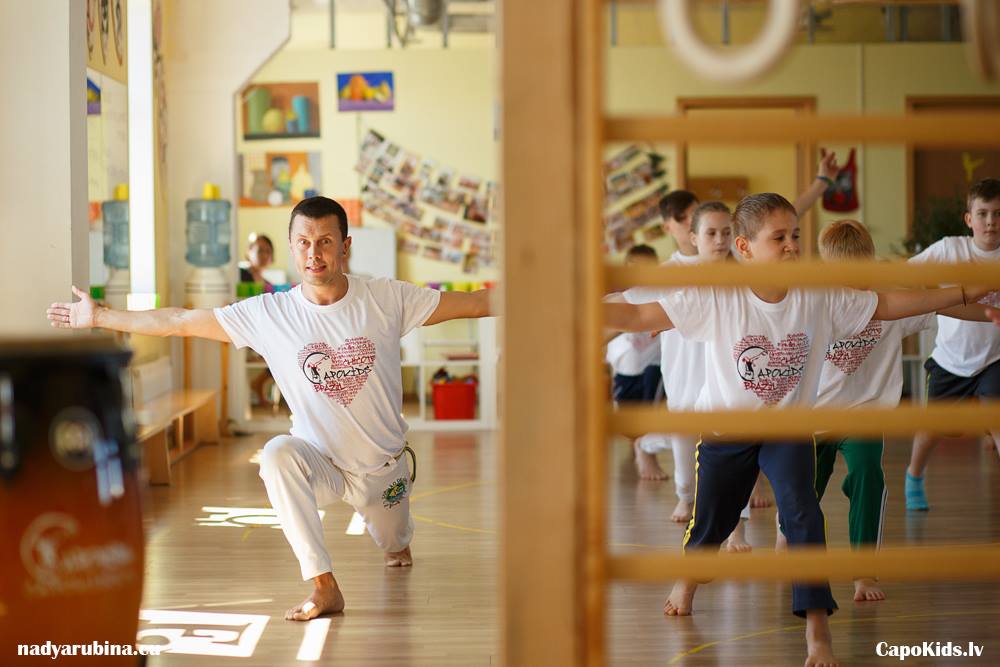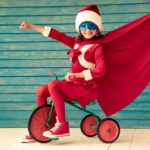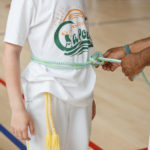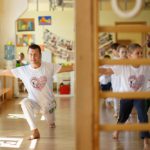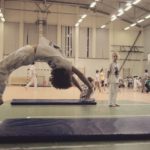Practical suggestions for physical education and capoeira trainers
Dear Capoeira community,
For the last 9 years I have been leading Capokids Capoeira Organization. For the last two years I have been studying at the University, getting Master Degree of Pedagogy of Diversity needs. These program helped me to theoretically explain my key observation.
Yesterday I finished my Master thesis, where I studied cooperative learning on capoeira classes. Here is link to the whole thesis for those interested to read it, but main findings and suggestions are provided below.
Link to the thesis – capokids_capoeira_master
Recommendations for trainers
Organizing the class
- Focusing only on achievements of high achieving students brings disproportion of results. Results of this research showed that in individual setting some kids learn better, but many kids stay outside (see standard deviations). In long-term setting this gap, most probably, enlarges, as a result lower achieving kids stop practicing. Author would suggest organizing classes, so that all kids cooperatively and equally develop
- Mixing individual setting (repetition) with cooperative learning should bring the best results. In the individual setting some high-achieving kids and kids with communication problems can fast get element/movement sequence. Afterwards, working in teams/pairs high-achieving kids will disseminate material among others. As a result, group is growing equally and the gap among learners reduces. High-achieving kids are not bored with doing the same movements, but rather feel power to motivate others doing.
- In order for cooperative learning setting to work kids need to constantly be educated to speak, to encourage, to help. Kids need someone to show them settings of group work (one shows – all repeats, one shows – all corrects mistakes, all are working face-to-face, etc). Author suggests using daily phrases: “speak to each other”, “help each other”, “show and explain”. Kids will not teach each other if they do not know how to do it practically. Group work is a skill, that needs to be taught similarly to capoeira movements.
- Putting kids once in cooperative setting will not bring results, it is rather a long-term journey, but it is worth trying. Set long-term goals, constantly use cooperative setting and help kids to help others. When they understand these setting – the result will flourish.
- Author suggests applying Dyson & Casey (2016) five elements of cooperative learning to the best outcome during physical education training: positive interdependence (relying on each other), face-to-face communication (dialogue and communication), individual accountability (each is valued for their task, interpersonal skills (listening to each other), group processing (student-centered discussion).
Working with high achieving kids
- Leaders learn as good as they learn individually in any setting if they are trained to lead, explain and help. Still, working in groups they additionally learn to cooperate, motivate others, communicate and lead, explain, create cooperatively, feel tolerant to other learning process.
- High-achieving kids should rather work with medium kids, not low-achieving kids. It is because the gap between them is rather high. Author recommends putting high-achieving kids with medium level kids and afterwards put medium level kids to work with low-achieving kids. In this case, high-achievers bring medium – achievers to their level, while medium achievers bring to their level. As a result, group fastly disseminate knowledge and groups.
Working with kids with communication problems
- Author suggests being careful with music instruments and load sounds if you have autistic spectrum disorder kid on the training. Kids with ASD are very sensitive to sounds and it can make their practicing unbearable.
- Some kids with communication problems must be allowed to work alone if they wish it. Staying alone helps them to fully focus on the task and movements, not trying to communicate
- Integration of kids with communication problems should be organized very gently into cooperative structure, since they must have experienced negative experience of group work. Teach other kids to tolerate, wait for these kids to share their view. If any negative situation appears – speak it, explain and provide feedback.
Working with kids with visual disabilities
- Allow these kids to find a best spot in the gym to see you explaining the task. Their seeing differs from ordinary and they might not grasp the movements as trainer explained
- Working into individual setting is hard for kids with visual disabilities, since they feel nervous.
- Tolerate and accept the fact that their movements will rarely be made correct from the first attempt. They really do not see minor details, which hide in the movement.
- Kids with visual disabilities show good results working in a team, if the team is ready to help and works efficiently towards motivating and empowering.
Working with kids with attention deficit and hyperactivity disorder
- Kids with ADHD should be always given a chance to work with someone more focused in order to correct mistakes which they skipped due to inattentiveness. Similar to kids with visual disabilities they skip minor details, seeing the big picture of the movement and not seeing small issues. Working in pair with someone very focused and attentive helps them to eliminate mistakes
- Kids with ADHD should be given opportunity to lead and teach to learn more. They need to explore their leading potential, feel valued and powerful.
- Kids with ADHD feel tired of routine work, sitting, and listening. Allowing them to move, run not bothering others helps them to reduce stress levels and in several seconds be back to attentive work.
If any comments, ideas, suggestions arise – please contact us: info@capokids.lv
Best regards,
Jelena
 CapoKids.lv
CapoKids.lv